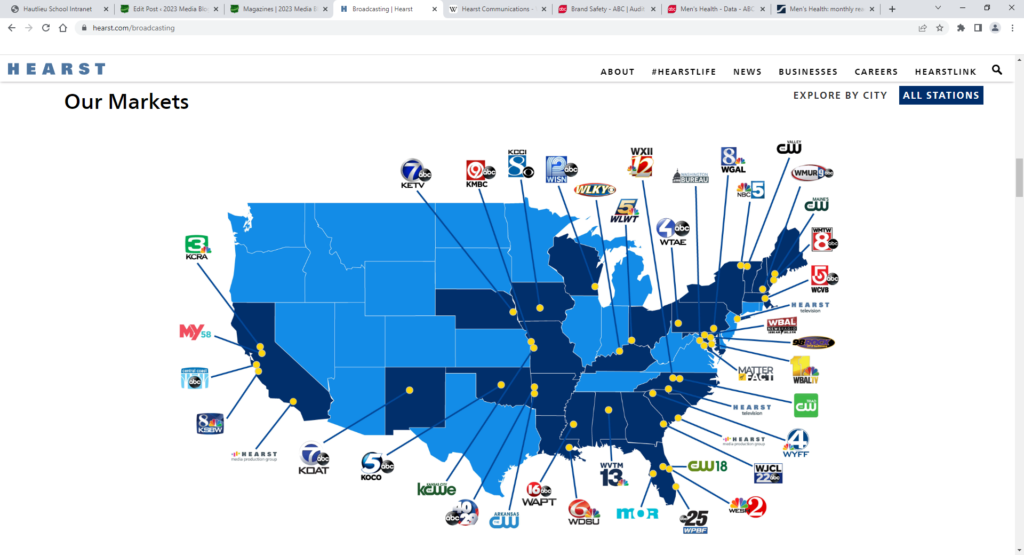https://www.teenvogue.com/story/junk-kouture-2023



This is an in-depth CSP and needs to be studied with reference to all four elements of the
Theoretical Framework (Language, Representation, Industries, Audience) and all relevant
contexts.
Selection Criteria
Online, social and participatory: Fashion, lifestyle, political and campaigning website and social
media sites. The different sites should be studied in detail including the home page of the website
and the ‘Culture’ section.
What needs to be studied? Key Questions and Issues
This product relates to the theoretical framework by providing a focus for the study of:
Media Language
How are the codes and conventions of a website used in the product? How are these conventions
used to influence meaning?
The website should be analysed in terms of:
• the composition of the images, positioning, layout, typography, language and mode of address
The application of a semiotic approach will aid the analysis of the way in which the website
creates a narrative about the world it is constructing – often to do with age, beauty and social and
political issues.
The genre conventions of websites will be studied and the genre approach should also include
reference to the content of lifestyle websites.
Narrative in the context of online material can refer to the way that the images and the selection
of stories construct a narrative about the world – one which is likely to be ideological.
Media Representations
The choice of this online product provides a wide range of representational issues. These include
the representation of the target audience of young women in the United States but also globally.
The focus on representation will build on work done in the analysis of visual images and can also
be used to explore target audiences and ideological readings
• Representation of particular groups (age, gender, race), construction of a young female identity.
• Who is constructing the representation and to what purpose? (Stuart Hall)
• The focus on politics, social issues and technology (in addition to fashion and celebrity)
suggests a new representation of young women.
• Analysis of the construction and function of stereotypes
• Representation and news values – how do the stories selected construct a particular
representation of the world and particular groups and places in it? (‘Rise, Resist. Raise your
Voice’ is the slogan for the website).
Media Industries
Teen Vogue is a commercial media product but could also be seen as fulfilling a public service
through its political reporting and social campaigns. The website also demonstrates the way that
20
7572/CSPs/2023
publishing institutions (in this case Conde Nast) have developed their reach through new
technology and convergence.
• Teen Vogue’s web and social media sites show how institutions respond to changes in
consumption
• The use of digital platforms to expand the output and reach of the products demonstrates how
institutions have responded to the impact of new technology
Media Audiences
The close study product provides an example of a clearly targeted, primary audience through
demographics of gender and age which should encourage the study of issues of identity. Related
to this would be a discussion of the changing relationship between producers and audiences in
the context of participatory media. (Clay Shirky ‘End of audience’ theories).
• Definitions of mass and minority or specialised audiences.
• Debates around the idea of targeting specialised audiences (by age, gender, lifestyle etc.)
and how successful that targeting is.
• Differing interpretations by different groups – those belonging to and outside the primary
audience. (Stuart Hall – reception theory)
• Opportunities for audience interactivity and creativity.
Social, political, cultural and economic contexts
Teen Vogue is culturally significant in its marrying of the political with fashion and lifestyle to target
a young female audience more traditionally seen as interested in more superficial issues. Its
explicit feminist stance and reporting on the Trump presidency has made it a relatively radical
voice in the context of mainstream US media. The social and economic contexts can be
addressed in terms of how the product has been received and how it has succeeded when other
magazines (online) are struggling to maintain audiences.





